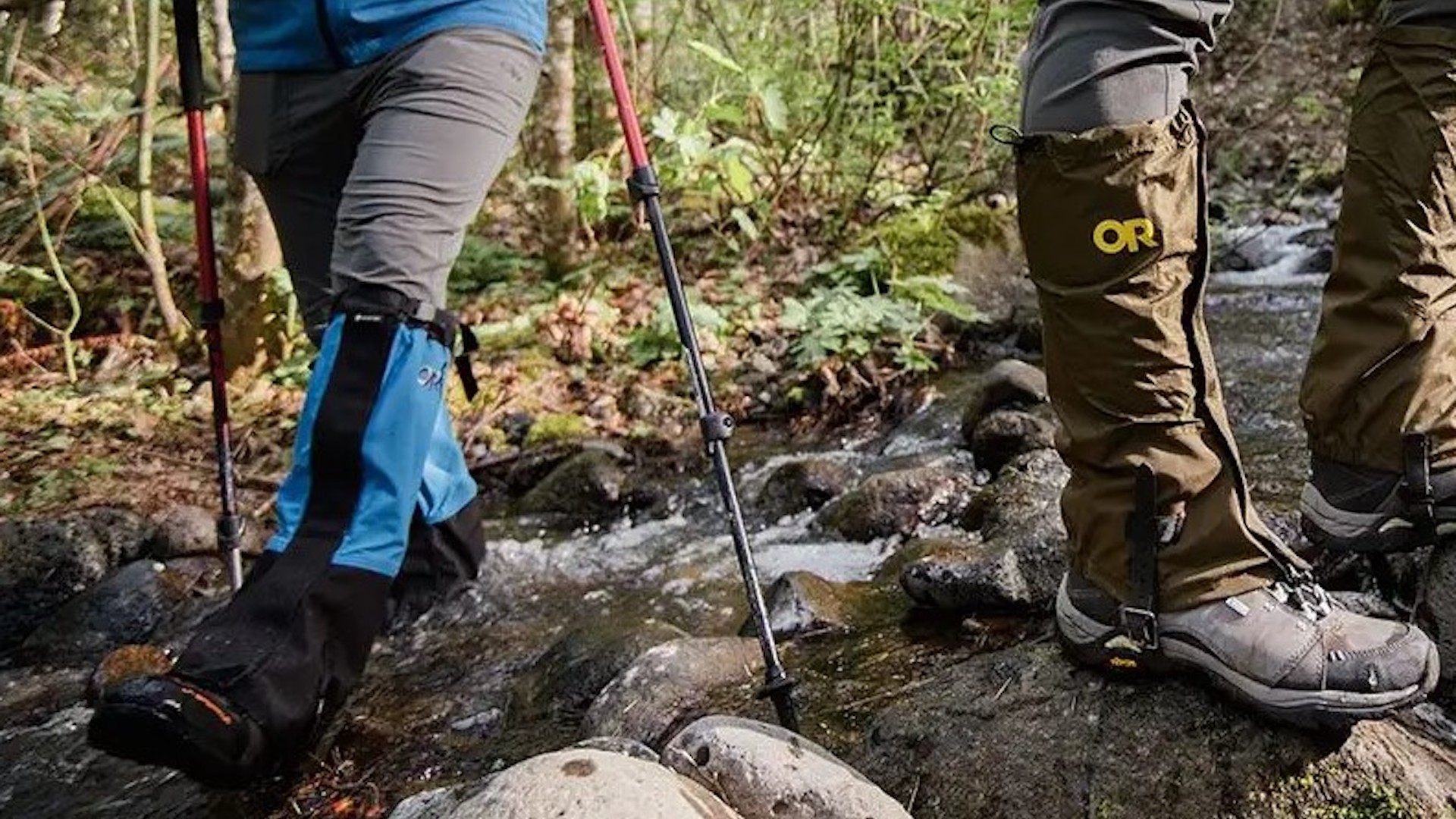Hiking gaiters are often overlooked‚ but they’re a vital piece of gear for many outdoor enthusiasts. These protective coverings wrap around your lower legs‚ bridging the gap between your boots and your pants. They serve as a barrier against a range of environmental hazards‚ enhancing comfort and extending the life of your hiking boots. Whether you’re trekking through snow‚ mud‚ or rocky terrain‚ gaiters can make a significant difference in your hiking experience.
Gaiters offer several key advantages for hikers‚ making them a worthwhile investment for various conditions and terrains.
- Protection from Debris: Keep out rocks‚ dirt‚ sand‚ and other debris that can get into your boots and cause discomfort or blisters.
- Water Resistance: Many gaiters are waterproof or water-resistant‚ helping to keep your feet dry in wet conditions like rain or snow.
- Protection from Snow: Prevent snow from entering your boots‚ which can lead to cold and wet feet.
- Protection from Brush and Vegetation: Shield your legs from thorny bushes‚ prickly plants‚ and other vegetation that can cause scratches or irritation.
- Insect Protection: Offer a barrier against ticks and other insects.
Types of Hiking Gaiters: Choosing the Right Fit
Gaiters come in various heights and materials‚ each suited for different purposes. Here’s a breakdown of the common types:
Ankle Gaiters (Low Gaiters)
These short gaiters cover only the ankle and the top of the boot. They’re ideal for trail running‚ light hiking‚ and dry conditions where you mainly need protection from debris.
Mid-Calf Gaiters
These gaiters extend to the mid-calf and offer more comprehensive protection; They’re suitable for hiking in moderate snow‚ mud‚ or brush.
Knee-High Gaiters (Full Gaiters)
These tall gaiters provide the most extensive coverage‚ reaching up to the knee. They’re essential for deep snow‚ heavy brush‚ and serious mountaineering.
Choosing the Right Gaiter Material
The material of your gaiters will impact their performance‚ durability‚ and breathability. Common materials include:
- Nylon: Durable and relatively lightweight‚ often treated with a water-repellent finish.
- Polyester: Similar to nylon‚ but can be more resistant to UV damage.
- Waterproof/Breathable Fabrics (e.g.‚ Gore-Tex): Offer excellent waterproof protection while allowing moisture to escape‚ keeping your feet dry and comfortable.
- Canvas: Durable and abrasion-resistant‚ but not as lightweight or breathable as synthetic materials.
How to Choose the Right Size and Fit
Proper fit is crucial for gaiter performance. Consider these factors when selecting your size:
- Boot Size: Gaiter sizes often correspond to boot sizes. Check the manufacturer’s sizing chart.
- Calf Circumference: Measure the circumference of your calf to ensure the gaiters will fit comfortably and securely.
- Adjustability: Look for gaiters with adjustable straps and closures to customize the fit.
Caring for Your Hiking Gaiters
Proper care will extend the life of your gaiters. Follow these tips:
- Clean Regularly: Wipe down your gaiters after each use to remove dirt and debris.
- Wash When Necessary: Hand wash or machine wash (gentle cycle) with mild detergent. Avoid bleach and fabric softeners.
- Air Dry: Hang your gaiters to air dry. Avoid using a dryer‚ as heat can damage the materials.
- Store Properly: Store your gaiters in a cool‚ dry place away from direct sunlight.
FAQ: Common Questions About Hiking Gaiters
Q: Are gaiters necessary for hiking?
A: Not always‚ but they’re highly recommended for hiking in conditions where you’ll encounter debris‚ water‚ snow‚ or brush. They can significantly improve your comfort and protect your feet and legs.
Q: Can I use gaiters for trail running?
A: Yes‚ ankle gaiters are popular among trail runners for keeping out rocks and debris.
Q: How do I attach gaiters to my boots?
A: Most gaiters have a strap that goes under the sole of your boot and a hook or clip that attaches to your laces. Follow the manufacturer’s instructions for proper attachment.
Q: Are all gaiters waterproof?
A: No‚ some gaiters are only water-resistant. If you need waterproof protection‚ look for gaiters made with waterproof/breathable fabrics like Gore-Tex.
Q: How much do hiking gaiters cost?
A: Prices vary depending on the type‚ material‚ and brand. Ankle gaiters are generally less expensive than knee-high gaiters. Expect to pay anywhere from $20 to $100+.

